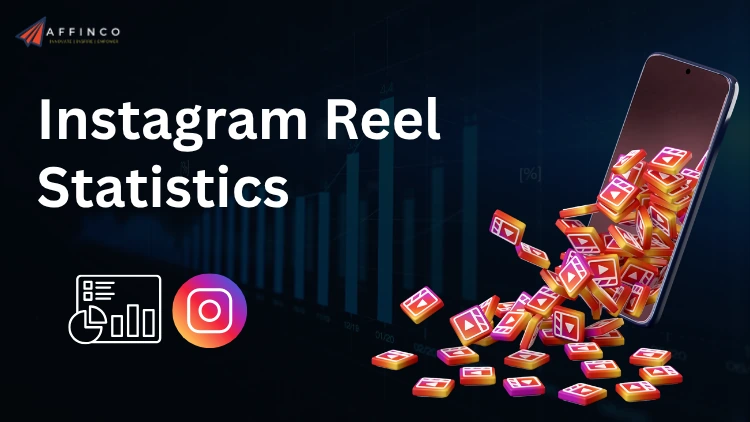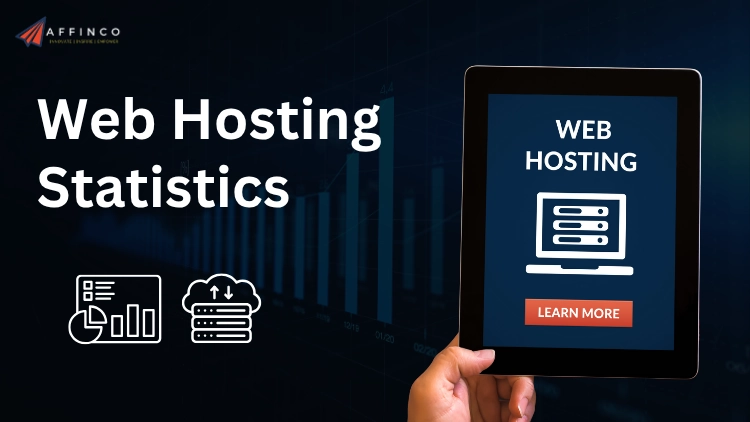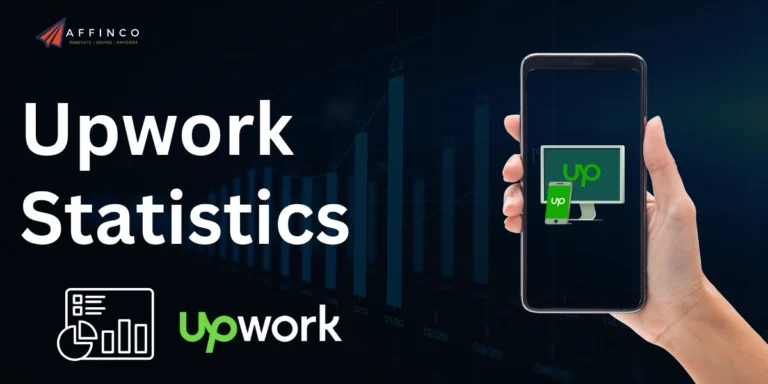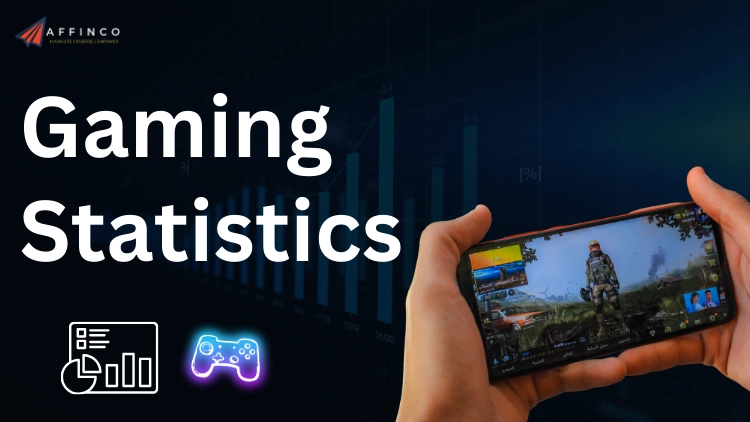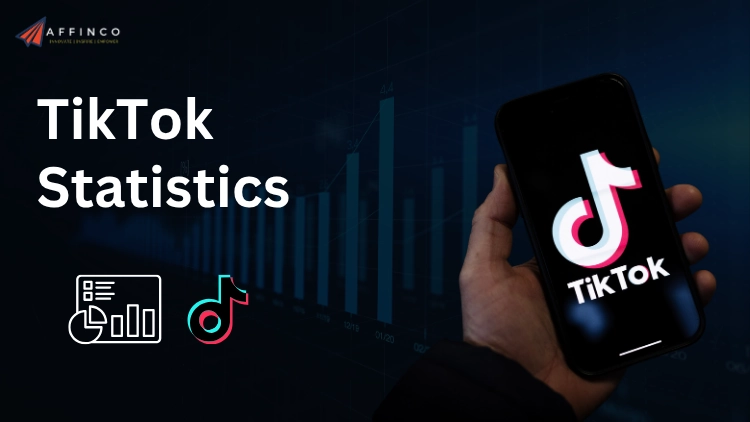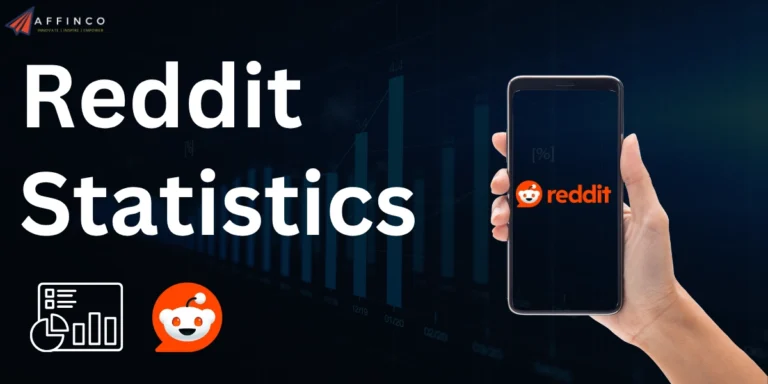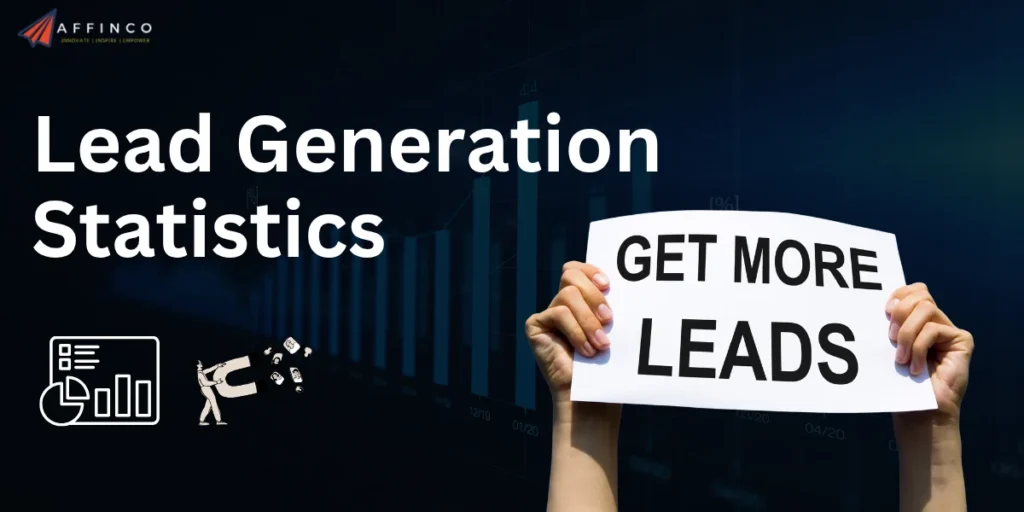
Businesses spend an average of $198 per lead, yet 79% of those leads never turn into paying customers. If you're burning through your marketing budget without seeing real returns, you're not alone.
Lead Generation Statistics reveal that 61% of marketers struggle to attract qualified prospects who actually convert.
The numbers tell a different story than most agencies want you to hear. Email marketing returns $36 for every dollar spent, LinkedIn generates leads 277% better than Facebook, and responding within 5 minutes makes you 9 times more likely to close the deal.
We've gathered the latest Lead Generation Statistics for 2025 to show you what's working, what's failing, and where to invest your dollars for maximum ROI and conversions.
Key Lead Generation Statistics for 2025
The High Cost of Leads in 2025
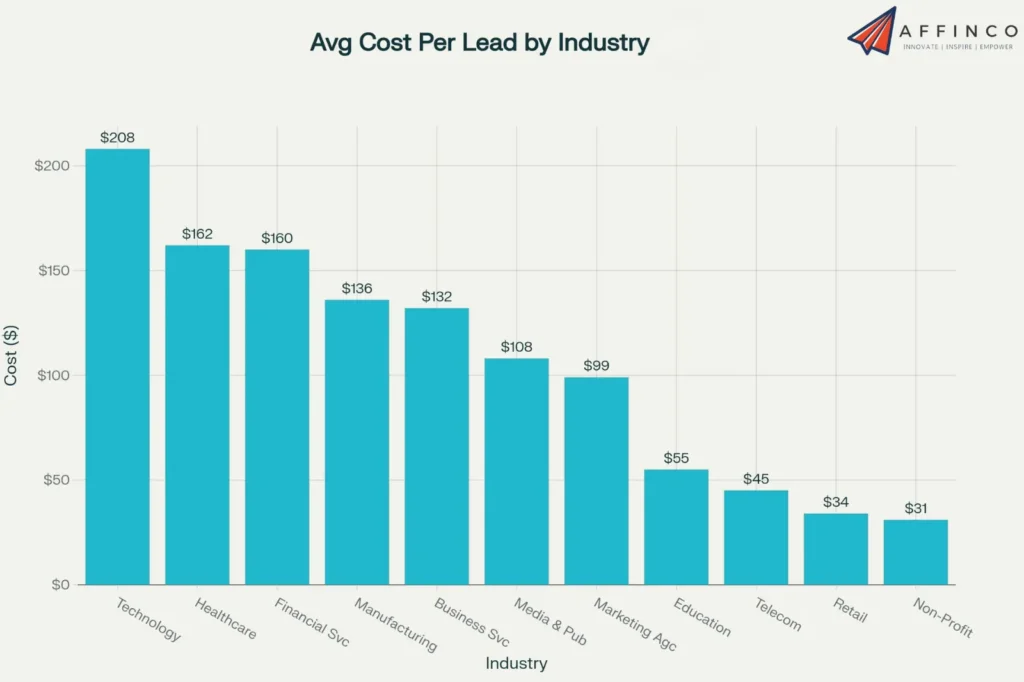
Understanding the financial investment required to attract potential customers is fundamental for budgeting and strategy. The cost per lead is a critical metric that shows the efficiency of marketing campaigns.
This data highlights the wide range in marketing efficiency and the need for better tracking and analytics to optimize spending.
| Industry | Average Cost Per Lead |
|---|---|
| Technology | $208 |
| Healthcare | $162 |
| Financial Services | $160 |
| Manufacturing | $136 |
| Business Services | $132 |
| Media & Publishing | $108 |
| Marketing Agencies | $99 |
| Education | $55 |
| Telecommunications | $45 |
| Retail | $34 |
| Non-Profit | $31 |
Without clear CPL data, businesses operate in the dark, unable to make informed decisions about where to allocate their resources.
Top Lead Generation Priorities for Marketers
Marketers are focused on specific goals to improve their outcomes. These priorities reflect a market-wide shift from quantity to quality and a greater emphasis on data-driven approaches.
These objectives show a clear understanding that more leads are not always better. The focus is on finding prospects who are genuinely interested and likely to become customers, which requires better data and resources.
The Biggest Lead Generation Hurdles
Despite being a top goal, lead generation is filled with difficulties. Marketers face numerous obstacles that prevent them from achieving their targets and demonstrating their value to the organization.
These challenges show that marketers need not only more budget but also better tools and processes to succeed. Overcoming these hurdles is key to building a successful and scalable lead generation engine.
B2B Lead Generation Statistics
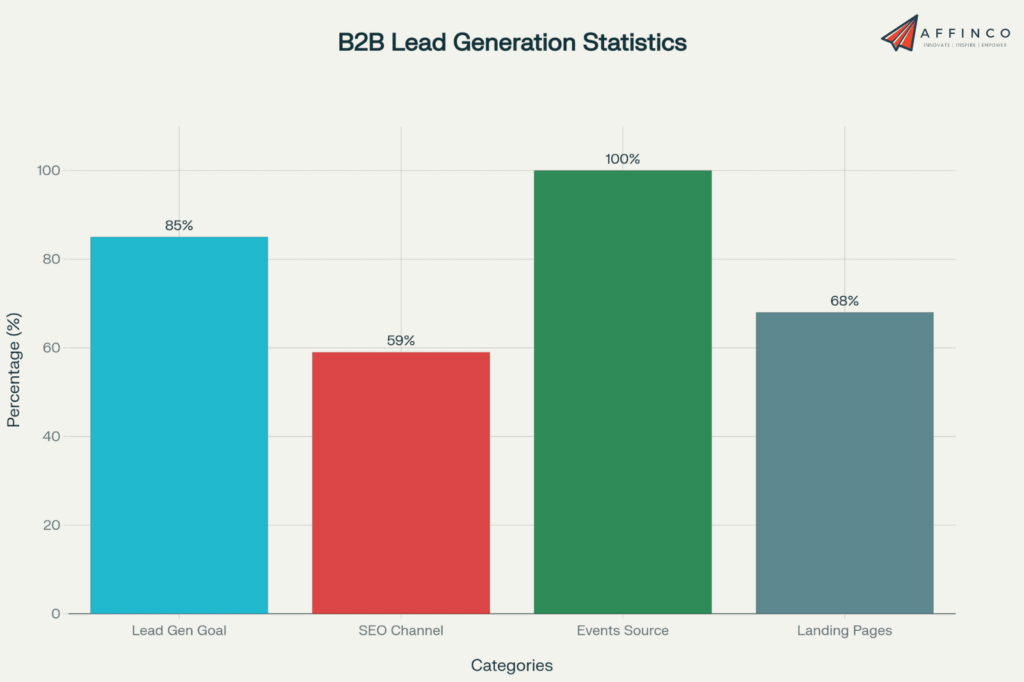
Attracting business-to-business clients involves a distinct approach. Sales cycles are longer, purchase decisions are more complex, and relationship-building is paramount.
These numbers confirm that a multi-channel approach centered on valuable content and strong online visibility is essential for success in the B2B space. A focus on education and building trust is key.
B2C Lead Generation Statistics
Business-to-consumer marketing focuses on individual buyers. Strategies here are often designed to appeal to emotions and create immediate interest, with shorter sales cycles.
In the B2C world, building a strong brand presence and communicating directly with consumers through channels like social media and email are critical for driving sales.
Content Marketing Lead Generation Statistics
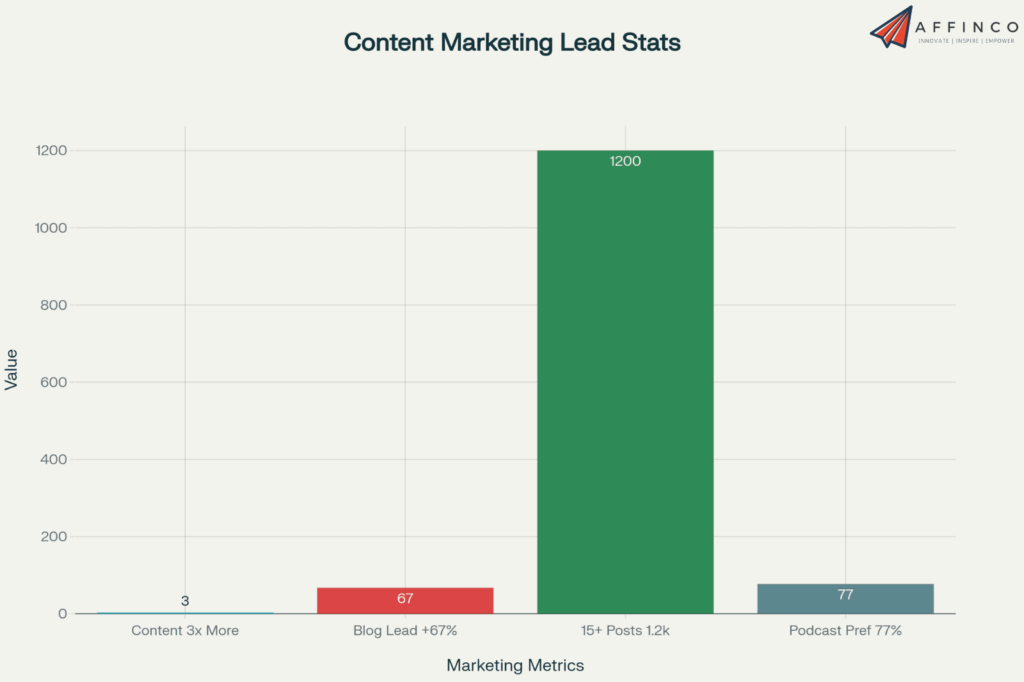
Content marketing is a foundational strategy for attracting leads organically. By offering valuable information, companies can build trust and draw in potential customers without overt selling.
This data proves that consistent, high-quality content is a reliable engine for lead generation. Investing in content creation delivers a strong return by attracting an engaged audience.
Social Media Lead Generation Statistics
Social media platforms are bustling hubs of activity, making them ideal places to connect with potential customers. Marketers use these networks to build communities and guide followers toward becoming leads.

These figures show that a consistent and strategic presence on social media is a productive way to fill the sales pipeline. It allows brands to engage directly with their audience where they spend their time.
LinkedIn: The B2B Lead Generation Champion
When it comes to B2B marketing, LinkedIn is in a class of its own. Its professional nature and powerful targeting tools make it the go-to platform for connecting with business decision-makers.
The data is clear: for any business selling to other businesses, an active and optimized presence on LinkedIn is not just an option, it is a necessity for growth.
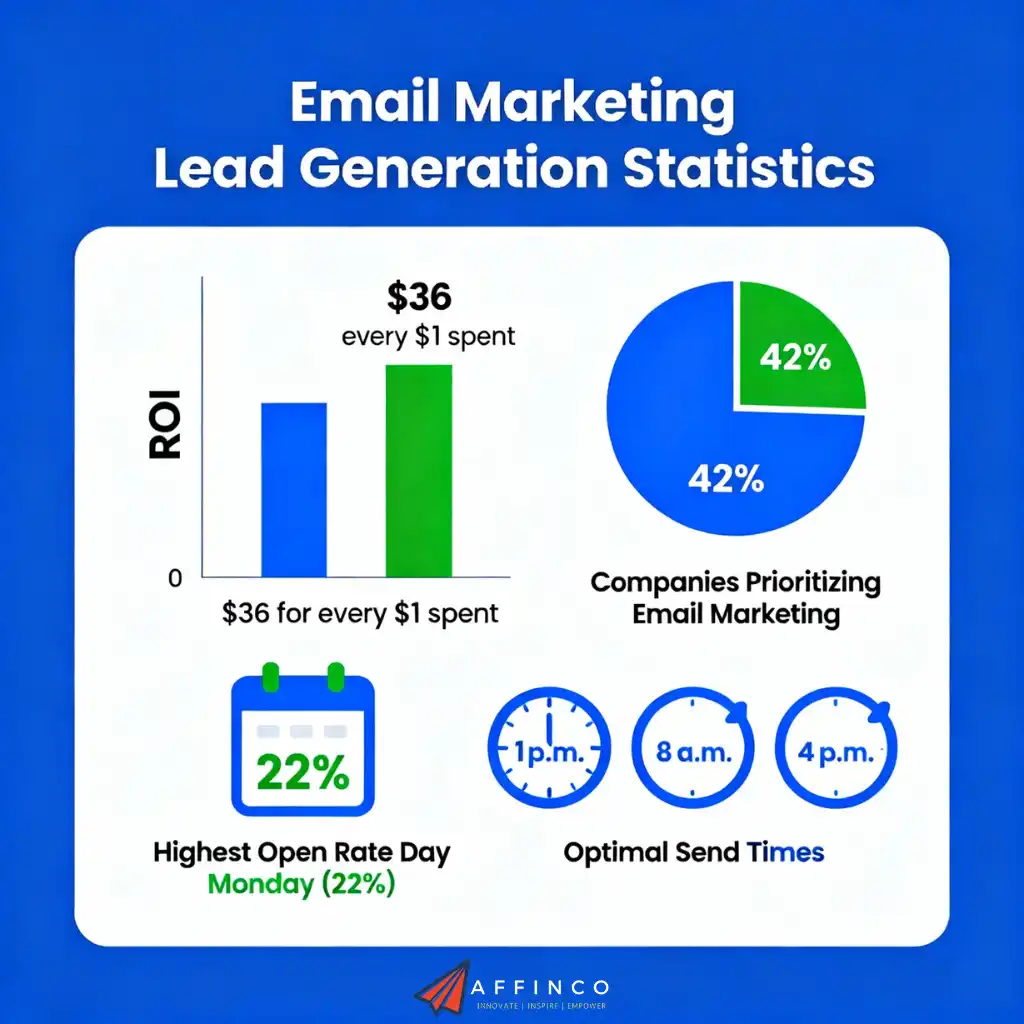
Email remains one of the most reliable and profitable marketing channels. It offers a direct line of communication for nurturing relationships and converting prospects into customers.
Despite the rise of other channels, email continues to be a workhorse for marketers. Its ability to deliver personalized messages directly to an interested audience makes it invaluable.
The Critical Role of Lead Nurturing
Generating a lead is only the beginning. The process of lead nurturing, which involves building a relationship over time, is what turns initial interest into a sale.
These stats show that without a proper nurturing strategy, a large portion of marketing efforts and budget is wasted. Building trust over time results in more and better customers.
Lead Qualification and Sales Alignment
Not every lead is ready to buy. The process of lead qualification is crucial for separating interested prospects from casual browsers, but it's often a point of friction between marketing and sales teams.
This disconnect highlights a critical need for better communication and alignment between sales and marketing. A shared definition of a “qualified lead” is essential for an efficient sales process.
The Need for Speed: Lead Response Time
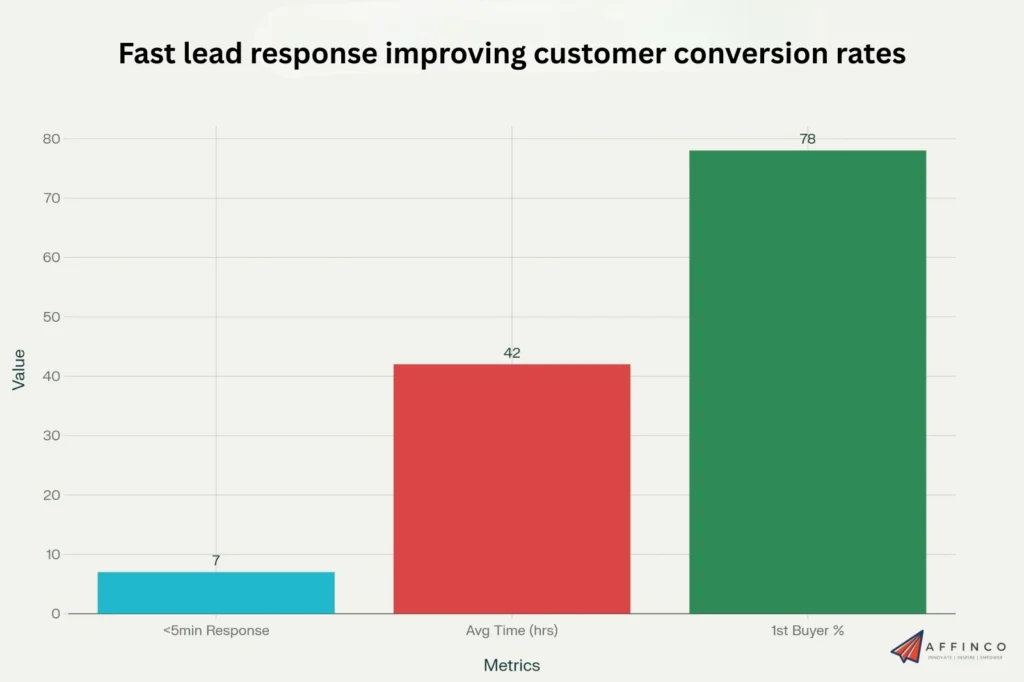
In the digital age, speed is everything. How quickly a business responds to an inquiry can make or break a potential sale.
- Following up with a web lead within 5 minutes makes you nine times more likely to convert them.
- However, only 7% of companies respond within this critical five-minute window.
- The average response time for businesses that do respond is 42 hours, by which time the lead has likely moved on.
- 78% of customers buy from the company that responds to their inquiry first.
This data sends a clear message: businesses that prioritize rapid response times gain a significant competitive advantage. Implementing systems to ensure quick follow-up is a simple yet effective way to increase conversions.
Marketing Automation and Lead Generation
Marketing automation software helps businesses streamline, automate, and measure marketing tasks and workflows. Its impact on lead generation and nurturing is significant.
Adopting marketing automation is a clear path to greater efficiency and effectiveness. It allows teams to manage leads at scale and ensure no opportunity is missed.
AI in Lead Generation
Artificial Intelligence (AI) is quickly becoming a key tool for modern marketers. It helps with everything from identifying potential buyers to personalizing communication on a massive scale.

- Using AI for personalized outreach can improve response rates by up to 300%.
- AI tools are able to reduce the time marketers spend on prospect research by 50%.
- Intent data, which uses AI to identify buyers actively looking for a solution, leads to 77% more accurate lead qualification.
- By using predictive analytics, AI can help reduce wasted marketing efforts by 30%.
AI is no longer a futuristic concept; it is a practical tool that gives businesses a competitive edge. It helps marketing teams work smarter, not harder, by focusing efforts on the most promising prospects.
Website and Landing Page Conversion
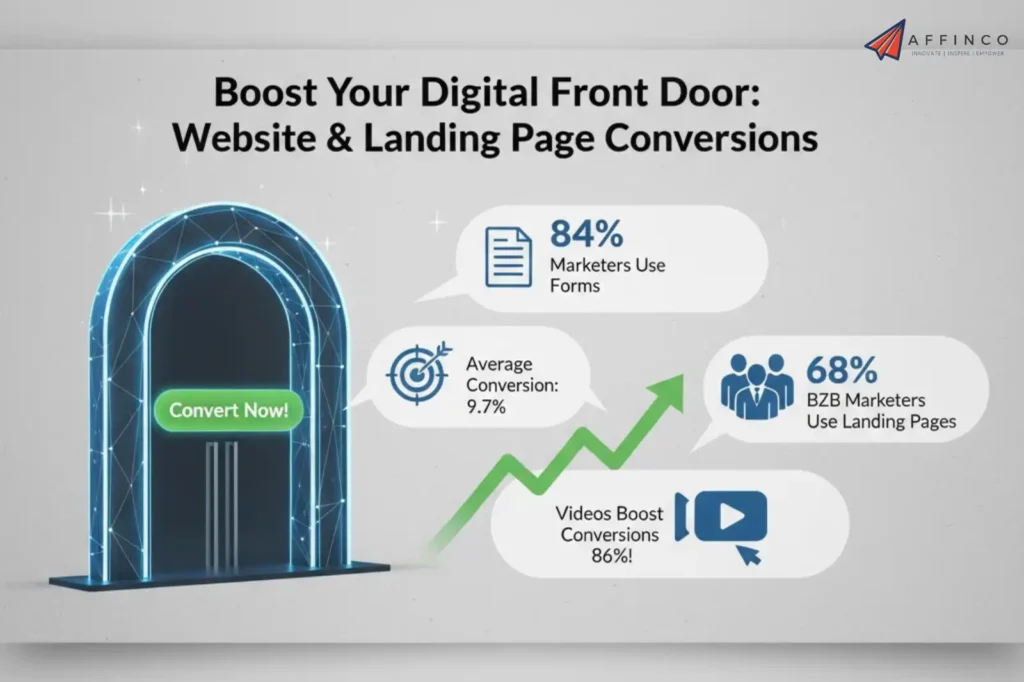
A company's website is its digital storefront and a primary tool for capturing leads. Optimizing it for conversion is essential.
A well-designed landing page with a clear call to action is a critical component of any lead generation campaign. Small optimizations, like adding a video, can lead to significant improvements in performance.
Final Thoughts
Numbers don't lie about what works and what wastes budget. Companies excelling at lead nurturing generate 50% more sales-ready leads while spending 33% less.
Email still delivers $36 for every dollar invested, and responding within five minutes makes you nine times more likely to close.
Your competitors already know these figures and act on them daily. What's stopping you from implementing strategies that actually convert?

Ali
Ali is a digital marketing expert with 7+ years of experience in SEO-optimized blogging. Skilled in reviewing SaaS tools, social media marketing, and email campaigns, we craft content that ranks well and engages audiences. Known for providing genuine information, Ali is a reliable source for businesses seeking to boost their online presence effectively.


